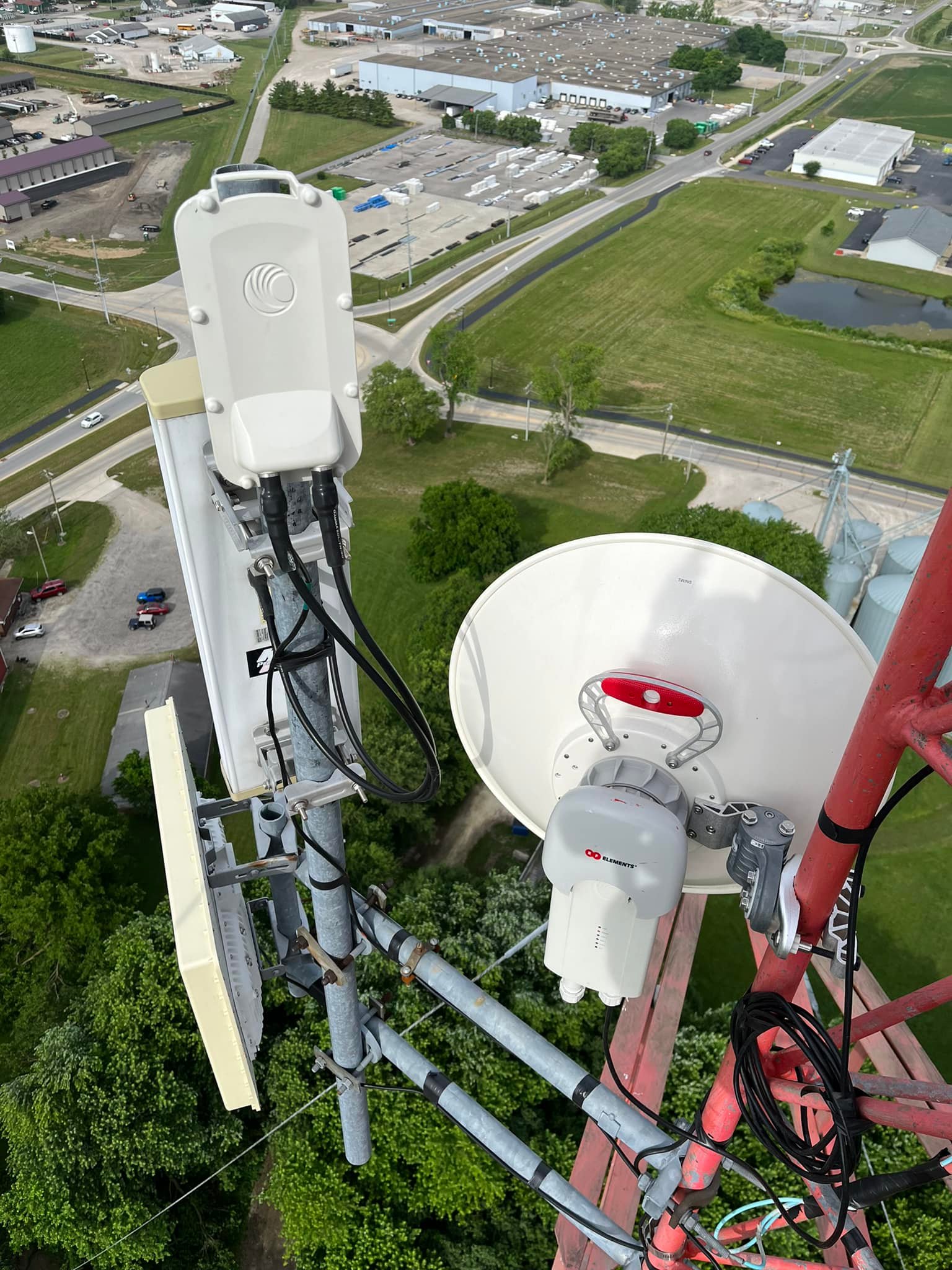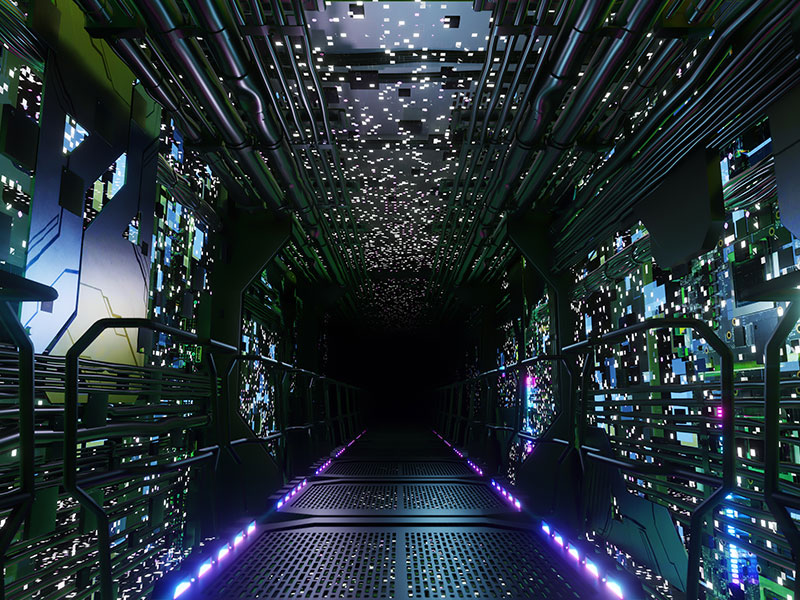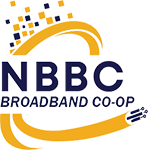High-Speed Transport

High-Speed Transport
NBBC offers a wide range of dedicated lit services, including speeds of up to 100Gbps. Our fully managed and 24/7 monitored network ensures dependable data transmission and services you can rely on to keep your customers connected.
High-speed transport in networking is truly a technological marvel in the modern digital age. Its advanced infrastructure and cutting-edge protocols have revolutionized how we communicate, share data, and access information. Through lightning-fast data transmission, this concept has significantly enhanced the efficiency and reliability of our interconnected world, enabling seamless connectivity and empowering businesses and individuals alike. By leveraging state-of-the-art technology, high-speed transport in networking has paved the way for unprecedented possibilities, shaping the future of communication and transforming our digital landscape.

Speed Redefined
Traditionally, data transmission in networking occurred at relatively modest speeds. However, the speed factor has been revolutionized with the advent of high-speed transport, also known as high-speed networking. It empowers us to transfer not just large volumes of data, but also multimedia content and critical information with unprecedented efficiency. This capability is a game-changer in sectors such as finance, healthcare, entertainment, and beyond, where time-sensitive data transmission is of utmost importance in ensuring seamless operations and swift decision-making. The ability to transmit vast amounts of information in the blink of an eye has opened up new possibilities and transformed how industries function in the digital age.


Key Enablers
High-speed transport is made possible by a fascinating array of cutting-edge technologies and protocols that form its foundation. One such technology is fiber-optic cables, which have revolutionized data transmission by enabling data to travel as beams of light. This remarkable advancement significantly increases the speed of data transmission while minimizing signal degradation, even over long distances.
But that’s not all. In addition to fiber-optic cables, advanced networking protocols like TCP/IP and Ethernet play a crucial role in ensuring efficient data packet delivery. These protocols work in harmony, enhancing not only the speed but also the reliability of data transmission. The innovative combination of hardware and software guarantees that data can travel at unprecedented rates, while still upholding the integrity and security of the transmitted information.
The harmonious combination of these sophisticated technologies and protocols stands as a remarkable testament to human ingenuity. It lays the foundation for boundless possibilities in our ever more interconnected world. As each day dawns, we are privileged to witness the extraordinary growth and progress of high-speed transport, reshaping the very fabric of our communication and interaction with the digital universe.

Applications Galore and Global Connectivity
Data transmission in networking has traditionally operated at modest speeds. However, this landscape has seen a remarkable transformation with the introduction of high-speed transport, also known as high-speed networking. This advancement empowers us to transfer vast volumes of data, multimedia content, and critical information with unparalleled efficiency. Its impact is revolutionary, particularly in finance, healthcare, entertainment, and beyond. Time-sensitive data transmission ensures seamless operations and swift decision-making within these industries. The ability to instantly transmit enormous amounts of information has brought forth new possibilities, fundamentally reshaping how industries function in the digital age.
The reach of high-speed transport transcends boundaries, creating unprecedented global connectivity. With the capability to transmit data across continents within seconds, it has effectively shrunk the world, fostering an interconnectedness like never before. This newfound global proximity has opened doors for collaboration, research, and commerce, rendering geographical distances virtually inconsequential in the digital realm.


Challenges and Security
While high-speed transport offers a plethora of advantages, it also brings certain challenges to the forefront. The rapid transmission of data across networks heightens the significance of cybersecurity. Protecting sensitive information from ever-evolving cyber threats requires the implementation of robust security measures, such as advanced encryption algorithms, diligent intrusion detection systems to stay vigilant against unauthorized access, and stringent firewalls to fortify the network perimeter. By employing these comprehensive security practices, organizations and individuals can confidently navigate the digital landscape and safeguard their valuable data.

The Power of High-Speed Networking
In conclusion, high-speed transport in networking represents a technological leap forward that has revolutionized the way we communicate and share information. With its exceptional speed, global reach, and diverse applications, it has become an integral part of our digital lives. However, it’s essential to balance this speed with robust security measures to safeguard our data in this fast-paced digital landscape. As technology continues to evolve, high-speed transport in networking is set to play an even more significant role in shaping our connected future.


